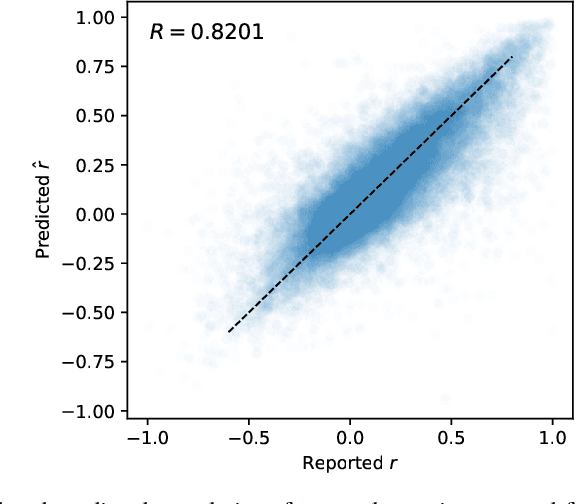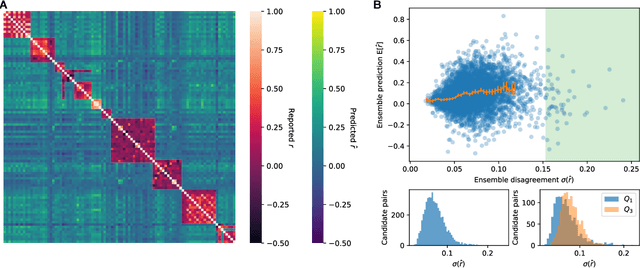Joshua Bongard
Evolving Form and Function: Dual-Objective Optimization in Neural Symbolic Regression Networks
Feb 24, 2025Abstract:Data increasingly abounds, but distilling their underlying relationships down to something interpretable remains challenging. One approach is genetic programming, which `symbolically regresses' a data set down into an equation. However, symbolic regression (SR) faces the issue of requiring training from scratch for each new dataset. To generalize across all datasets, deep learning techniques have been applied to SR. These networks, however, are only able to be trained using a symbolic objective: NN-generated and target equations are symbolically compared. But this does not consider the predictive power of these equations, which could be measured by a behavioral objective that compares the generated equation's predictions to actual data. Here we introduce a method that combines gradient descent and evolutionary computation to yield neural networks that minimize the symbolic and behavioral errors of the equations they generate from data. As a result, these evolved networks are shown to generate more symbolically and behaviorally accurate equations than those generated by networks trained by state-of-the-art gradient based neural symbolic regression methods. We hope this method suggests that evolutionary algorithms, combined with gradient descent, can improve SR results by yielding equations with more accurate form and function.
* Published in GECCO '24
There's Plenty of Room Right Here: Biological Systems as Evolved, Overloaded, Multi-scale Machines
Dec 20, 2022Abstract:The applicability of computational models to the biological world is an active topic of debate. We argue that a useful path forward results from abandoning hard boundaries between categories and adopting an observer-dependent, pragmatic view. Such a view dissolves the contingent dichotomies driven by human cognitive biases (e.g., tendency to oversimplify) and prior technological limitations in favor of a more continuous, gradualist view necessitated by the study of evolution, developmental biology, and intelligent machines. Efforts to re-shape living systems for biomedical or bioengineering purposes require prediction and control of their function at multiple scales. This is challenging for many reasons, one of which is that living systems perform multiple functions in the same place at the same time. We refer to this as "polycomputing" - the ability of the same substrate to simultaneously compute different things. This ability is an important way in which living things are a kind of computer, but not the familiar, linear, deterministic kind; rather, living things are computers in the broad sense of computational materials as reported in the rapidly-growing physical computing literature. We argue that an observer-centered framework for the computations performed by evolved and designed systems will improve the understanding of meso-scale events, as it has already done at quantum and relativistic scales. Here, we review examples of biological and technological polycomputing, and develop the idea that overloading of different functions on the same hardware is an important design principle that helps understand and build both evolved and designed systems. Learning to hack existing polycomputing substrates, as well as evolve and design new ones, will have massive impacts on regenerative medicine, robotics, and computer engineering.
Neural language representations predict outcomes of scientific research
May 17, 2018


Abstract:Many research fields codify their findings in standard formats, often by reporting correlations between quantities of interest. But the space of all testable correlates is far larger than scientific resources can currently address, so the ability to accurately predict correlations would be useful to plan research and allocate resources. Using a dataset of approximately 170,000 correlational findings extracted from leading social science journals, we show that a trained neural network can accurately predict the reported correlations using only the text descriptions of the correlates. Accurate predictive models such as these can guide scientists towards promising untested correlates, better quantify the information gained from new findings, and has implications for moving artificial intelligence systems from predicting structures to predicting relationships in the real world.
 Add to Chrome
Add to Chrome Add to Firefox
Add to Firefox Add to Edge
Add to Edge